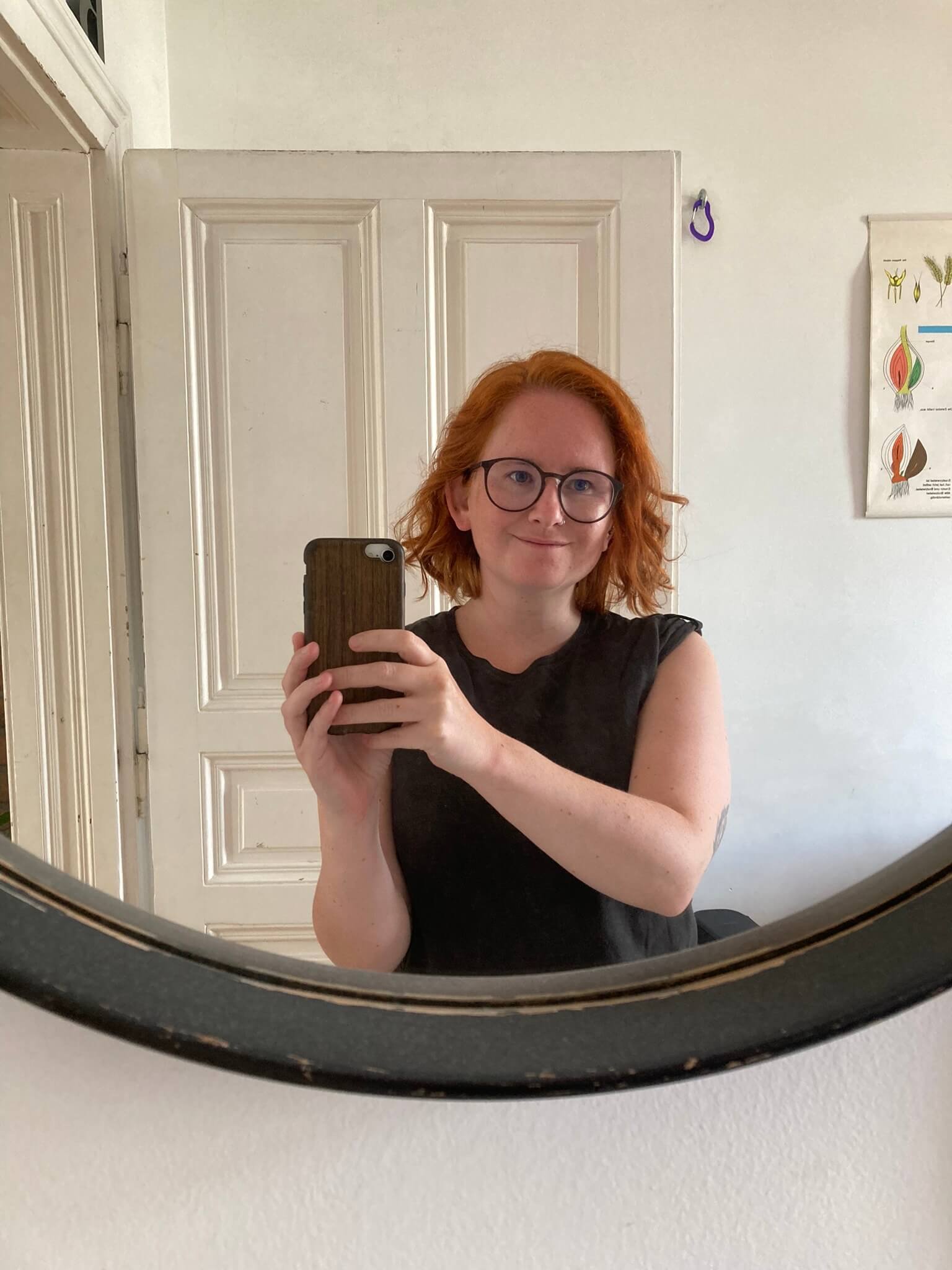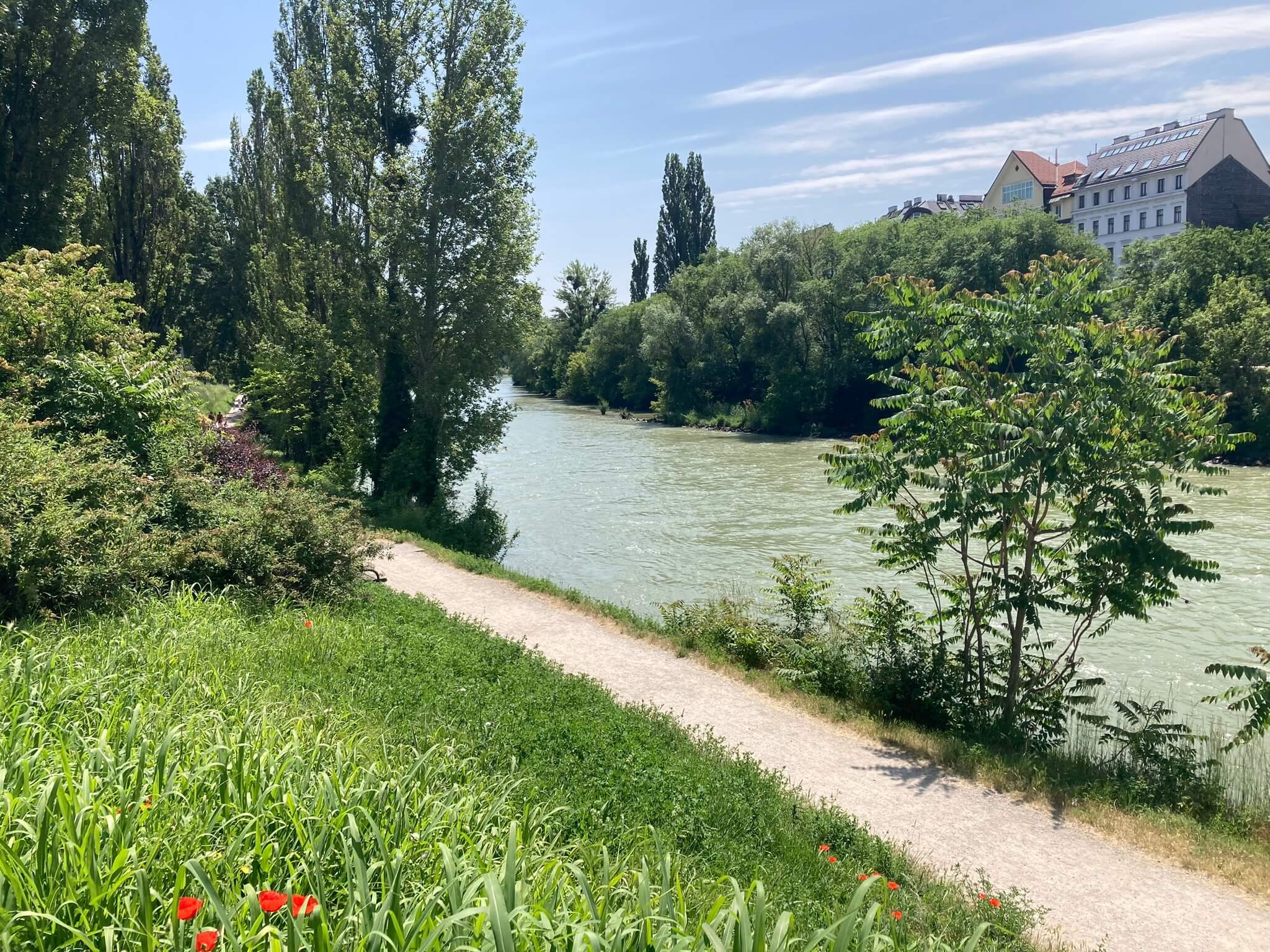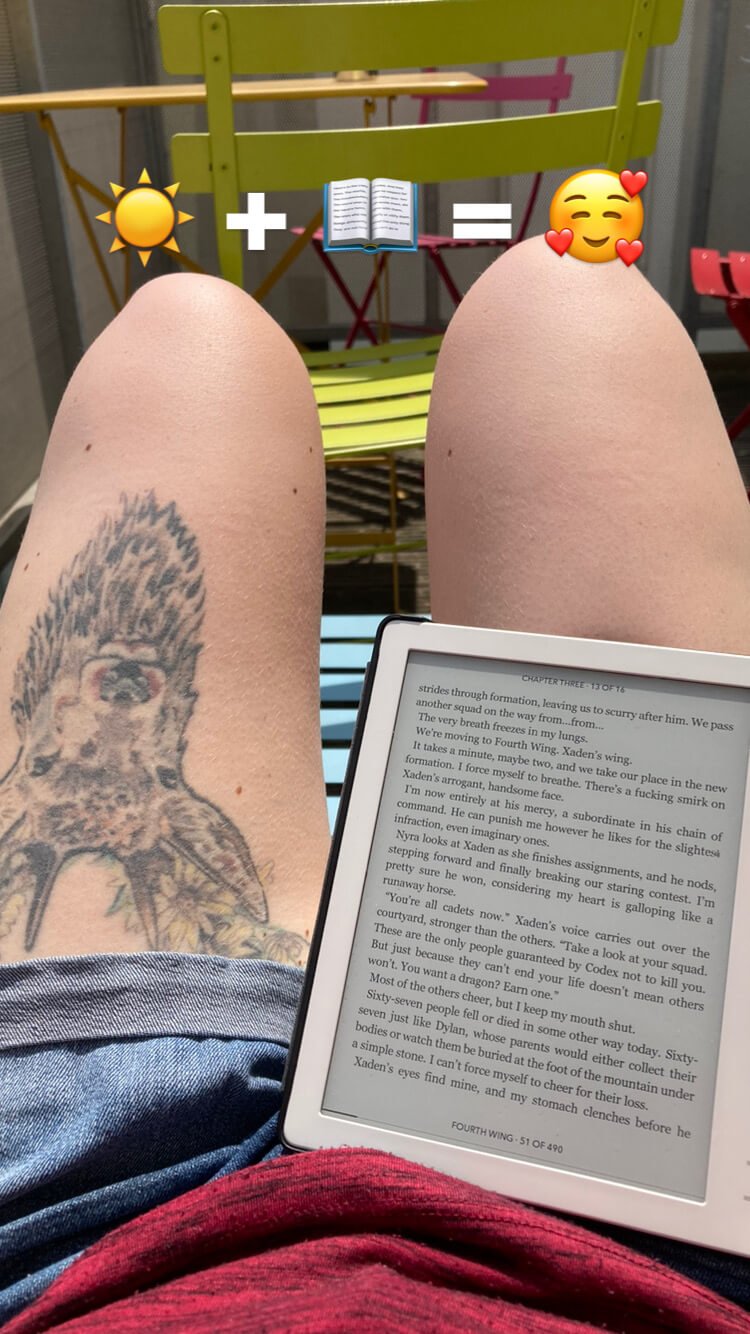A Practical Guide to Vienna
Discover the enchanting allure of Vienna, Austria's captivating capital, as it unfolds along the picturesque banks of the Danube River. A seamless blend of rich cultural heritage and contemporary vibrancy awaits in this city that exudes sophistication and charm.
From its opulent palaces to its bustling modern districts, Vienna invites you to traverse its cobbled streets and grand boulevards, where classical music resounds through ornate concert halls, captivating museums unveil artistic treasures, and the aroma of freshly brewed coffee mingles with the sweetness of Viennese pastries.
Immerse yourself in the city's captivating ambiance and embark on a journey through time, culture, and creativity. This guide unveils the best times to visit, travel tips, public transport insights, accommodation secrets, and local customs, making it a perfect companion for your Vienna exploration. Join me as we uncover the heart of a city where history and modernity dance in harmonious rhythm – a place that captured my heart, and now, yours to discover.
An introduction to Vienna
Vienna, the capital of Austria. Nestled along the banks of the majestic Danube River, Vienna stands as a vibrant testament to Austria's rich cultural heritage and artistic legacy. As the capital city, Vienna exudes an aura of sophistication and charm, drawing travelers from around the world with its seamless blend of history, music, art, and culinary delights. From its opulent palaces that once housed emperors and aristocrats to its bustling modern neighborhoods, Vienna's distinct character is a captivating fusion of the past and present.
As you traverse its cobbled streets and grand boulevards, you'll discover a city where classical music echoes through ornate concert halls, captivating museums unveil artistic treasures, and the aroma of freshly brewed coffee mingles with the sweetness of Viennese pastries. Vienna invites you to immerse yourself in its captivating ambiance and embrace a journey through time, culture, and creativity. It’s no wonder I instantly fell in love with this city, and now you can, too.
What is the best time to visit Vienna?
The best time to embark on a Viennese adventure is during the months of April to June and September to early October, when the city comes alive with favorable weather, lively festivals, and manageable crowds.
Spring (April to June) brings mild temperatures, with blooming parks and gardens creating a picturesque backdrop for exploration. The Vienna Festival, spanning from mid-May to mid-June, showcases world-class performances across music, theater, and dance, adding an enriching cultural dimension to your visit. Similarly, the Vienna Philharmonic Summer Night Concert in May offers a free open-air classical music experience against the backdrop of the Schönbrunn Palace.
Autumn (September to early October) is another delightful season, with pleasant temperatures and the colorful transformation of foliage enhancing the city's beauty. The Vienna Design Week in September and the Wiener Wiesn-Fest, a traditional beer and folk festival held in late September to early October, provide a taste of local culture and fun.
By planning your visit during these periods, you can relish Vienna's attractions while enjoying comfortable weather and immersing yourself in the festivities without contending with peak summer crowds. I myself visited Vienna in May-June and was pleasantly surprised by the all-around nice weather without it being too hot, and the relative calmness of a bustling capital city during the off-season.
Getting to Vienna
Getting to Vienna is a seamless process thanks to its well-connected transportation network. For international travelers, the city can be accessed through multiple modes of transportation.
If arriving from abroad, Vienna International Airport serves as a major hub with direct flights from various global cities. With around 600 to 700 daily flights, this airport is one of the busiest airports in Europe and well equipped to handle it. As with most major airports, this one is located about 18 kilometers (11 miles) southeast of the city center of Vienna.
So, how do you get from the airport to the city center of Vienna? The most convenient option is without a doubt the train. The most popular choice is the City Airport Train (CAT), a dedicated express train that connects the airport to Wien Mitte station in just 16 minutes. The CAT provides a comfortable and efficient way to get to the heart of Vienna, with departures every 30 minutes. The second option is to take the S-Bahn, Vienna's suburban train network. The S7 line runs from the airport to the city center, stopping at several key stations along the way. This option is cost-effective and offers a chance to see the city's outskirts as you approach the center. Follow the signs in the airport and you can buy tickets at the entrance of the train station.
PRO TIP: don’t take the City Airport Train (CAT). Once you land in Vienna International Airport, you’ll be bombarded with advertisements about the “fastest way to get into the city”. Yes, CAT is the fastest, but the difference is only 10 minutes. However, the price for CAT is almost triple the cost compared to the S7 train, namely € 24,90 for a return ticket with CAT compared to € 8,80 return ticket with S7.
Are you already in Europe and relatively close by? High-speed trains are a convenient and scenic option, connecting Vienna to major cities like Budapest, Prague, and Munich. Long-distance buses also offer economical travel options, especially for nearby destinations. If you prefer the freedom of the road, driving to Vienna is feasible, considering the efficient road infrastructure across Europe.
However, it's essential to check entry requirements based on your nationality. As part of the Schengen Agreement, many travelers from non-European Union countries require a Schengen visa for entry to Vienna. Ensure you apply well in advance, meeting the necessary documentation and financial requirements. Additionally, some nationalities might be eligible for visa-free entry or visa-on-arrival based on bilateral agreements. Thoroughly research and confirm the entry requirements applicable to your citizenship before embarking on your journey to Vienna.
How is public transport in Vienna?
Public transportation in Vienna is a seamless and efficient way to navigate the city's diverse neighborhoods and attractions, and one of the best public transport systems I’ve encountered. The integrated network includes trams, buses, and the U-Bahn (subway), providing comprehensive coverage across the urban landscape. Trams wind through charming streets, buses offer flexible routes, and the U-Bahn connects key destinations swiftly.
Vienna's public transportation system operates on a zone-based fare system. Tickets are valid for all modes of transport within the selected zones and have consistent pricing. A single-ticket (€ 2,40) is suitable for one ride, while options like the 24-hour, 48-hour, and 72-hour passes offer unlimited travel within specific timeframes. The Vienna Card provides not only transportation access but also discounts to various attractions.
Staying longer? Weekly and monthly passes provide travelers with unlimited rides on trams, buses, and the U-Bahn, making it easy to move around the city at their own pace.
Weekly Pass (Wochenkarte): The weekly pass is ideal for visitors staying in Vienna for an extended period. It allows unlimited travel on the city's public transportation network for seven consecutive days from the moment of validation. This pass is particularly useful for tourists who wish to take their time exploring different districts and attractions without the hassle of purchasing individual tickets for each ride.
Monthly Pass (Monatskarte): The monthly pass offers even more flexibility, providing unlimited travel for an entire calendar month. This option is perfect for visitors who plan to stay in Vienna for an extended period or for locals who use public transportation regularly. It grants access to trams, buses, and the U-Bahn, allowing travelers to seamlessly move around the city without worrying about individual fares.
Purchasing tickets is convenient, with options ranging from ticket machines at stations to mobile apps. The "Wiener Linien" app allows travelers to buy and store digital tickets, simplifying the process further. And did you know that the modern trams and U-Bahn also have ticket machines on the tram themselves? These machines are usually located in the front of the tram. Remember to validate your ticket before boarding trams, buses, or the U-Bahn. Fares are subject to change, so checking the official transportation website or app ensures you have the most up-to-date information before embarking on your Vienna exploration.
Finding the perfect accommondations
Finding the perfect accommodation in Vienna involves a balance between price, location, and the unique atmosphere of each neighborhood. The city offers a diverse range of options, catering to different preferences and budgets.
For those seeking a luxurious experience, the Inner City (Innere Stadt) boasts iconic landmarks and elegant hotels, providing easy access to historic sites and cultural attractions. Leopoldstadt, situated just outside the Inner City, offers a mix of charming streets and modern amenities, including the Prater park.
If you're interested in a more bohemian ambiance, the 7th district (Neubau) is known for its art galleries, boutiques, and trendy cafes. The 4th district (Wieden) combines a central location with a quieter, residential feel.
I stayed in the Ottakring, Vienna’s 16th district. Ottakring is a diverse and dynamic neighborhood that offers a unique blend of history, culture, and local flavor. Known for its welcoming community atmosphere, Ottakring retains a distinct Viennese charm while embracing a multicultural vibe. The district is characterized by its historic buildings, traditional Viennese cafes, and vibrant markets.
Price-wise, accommodations tend to vary, but opting for places slightly away from the bustling center can often yield good value without compromising on convenience. As Vienna's public transportation system is excellent, staying in well-connected neighborhoods provides easy access to the city's offerings while offering a glimpse into the daily life of the Viennese. Researching options, reading reviews, and considering your own preferences will help you find the perfect base for your Vienna exploration.

Money Matters
The local currency in Vienna is the Euro (EUR), which is widely accepted throughout the city. When it comes to payment preferences, Vienna has gradually embraced digital transactions, and both cash and card payments are commonly used. Many establishments, including restaurants, shops, and attractions, accept major credit and debit cards, making it convenient for travelers to rely on electronic payments. However, it's advisable to carry some cash, especially for small purchases, local markets, and places that might not accept cards.
ATMs (Automated Teller Machines) are easily accessible across Vienna, allowing visitors to withdraw Euros using their international debit or credit cards. They are typically found at banks, near popular tourist areas, and within shopping districts.
In terms of tipping, it's customary to round up the bill or leave a tip of around 5% to 10% in restaurants, cafes, and bars, particularly if you received good service. Tipping is a gesture of appreciation, and it's often added to the total amount when you settle the bill. However, it's recommended to check the receipt or ask if a service charge has already been included. While tipping with cash is common, many places also offer the option to add a tip when paying by card.
Language and Communications
Language and communication in Vienna predominantly revolve around German, specifically Austrian German. But, given the popularity of Vienna among expats, you’ll hear lots of different languages spoken throughout the city.
While many locals are fluent in English and are accustomed to interacting with tourists, making an effort to use a few basic German phrases can enhance your experience and show respect for the local culture. Greetings like "Guten Tag" (Good day), "Bitte" (Please), and "Danke" (Thank you) go a long way in everyday interactions. When entering a shop or cafe, saying "Hallo" (Hello) and "Auf Wiedersehen" (Goodbye) when leaving are appreciated courtesies. If you find yourself needing assistance, phrases like "Entschuldigen Sie bitte" (Excuse me, please) and "Sprechen Sie Englisch?" (Do you speak English?) can be quite helpful. Even a modest attempt to communicate in German can foster positive interactions and demonstrate your interest in embracing the local culture.
Safety and Health Considerations
Vienna is generally considered a safe and well-maintained city for travelers, with a low crime rate and a strong focus on public safety. However, like any destination, it's important to remain vigilant and follow common-sense safety precautions. Keep an eye on your belongings in crowded areas and public transportation, and be cautious with your personal items. On a personal note, I, a solo female traveler, never once felt unsafe in Vienna.
Health considerations are also well-addressed in Vienna. The city boasts a high standard of healthcare facilities, including hospitals and clinics equipped with modern medical technology. Tap water in Vienna is safe to drink and of high quality, eliminating the need for bottled water and reducing environmental impact.
In terms of public health, Vienna is conscious of environmental issues and promotes a clean and green environment. Smoking is prohibited in most indoor public places, including restaurants and bars. Adhering to local regulations and maintaining a general awareness of your surroundings will help ensure a safe and enjoyable experience while exploring Vienna.



